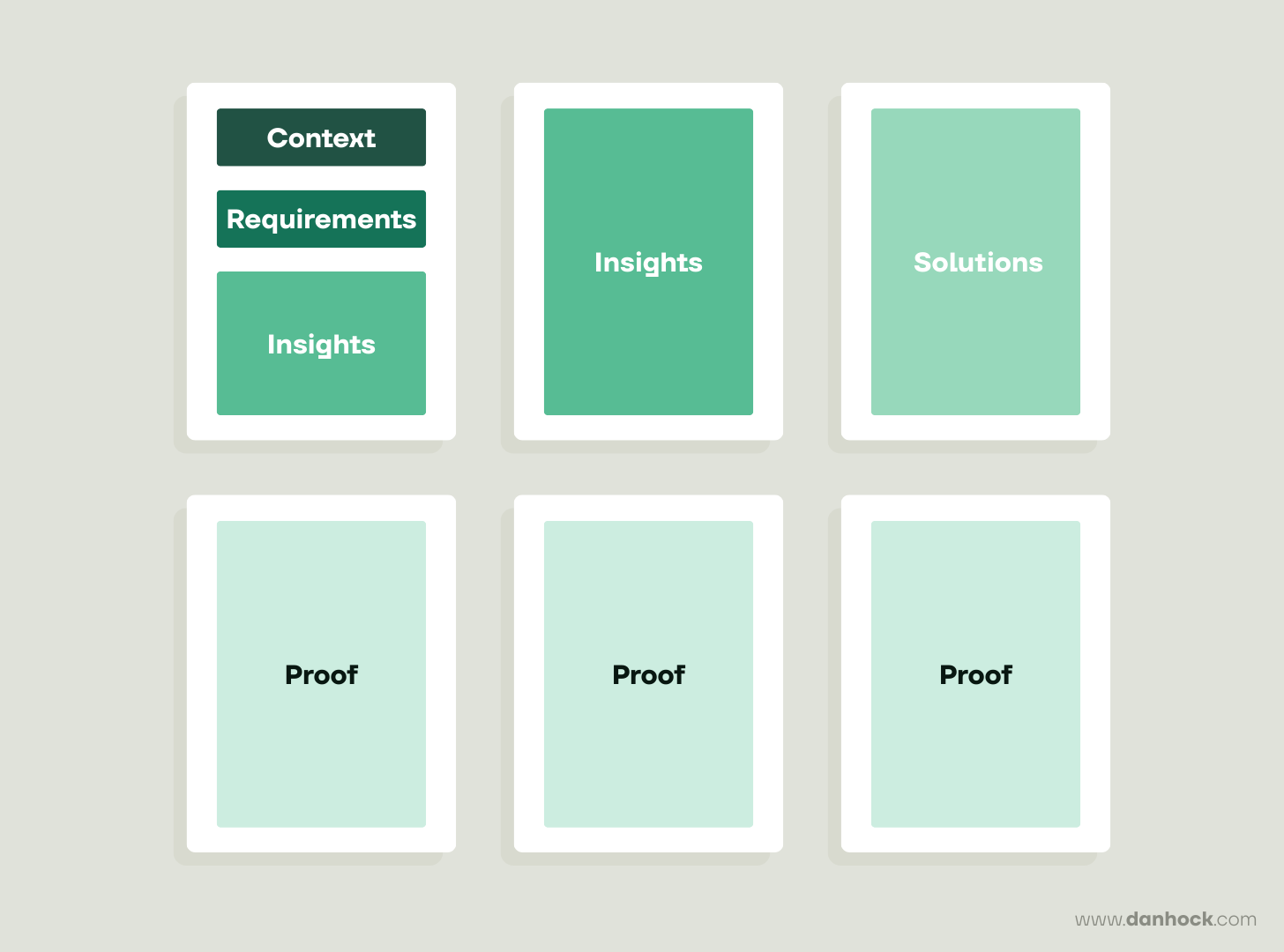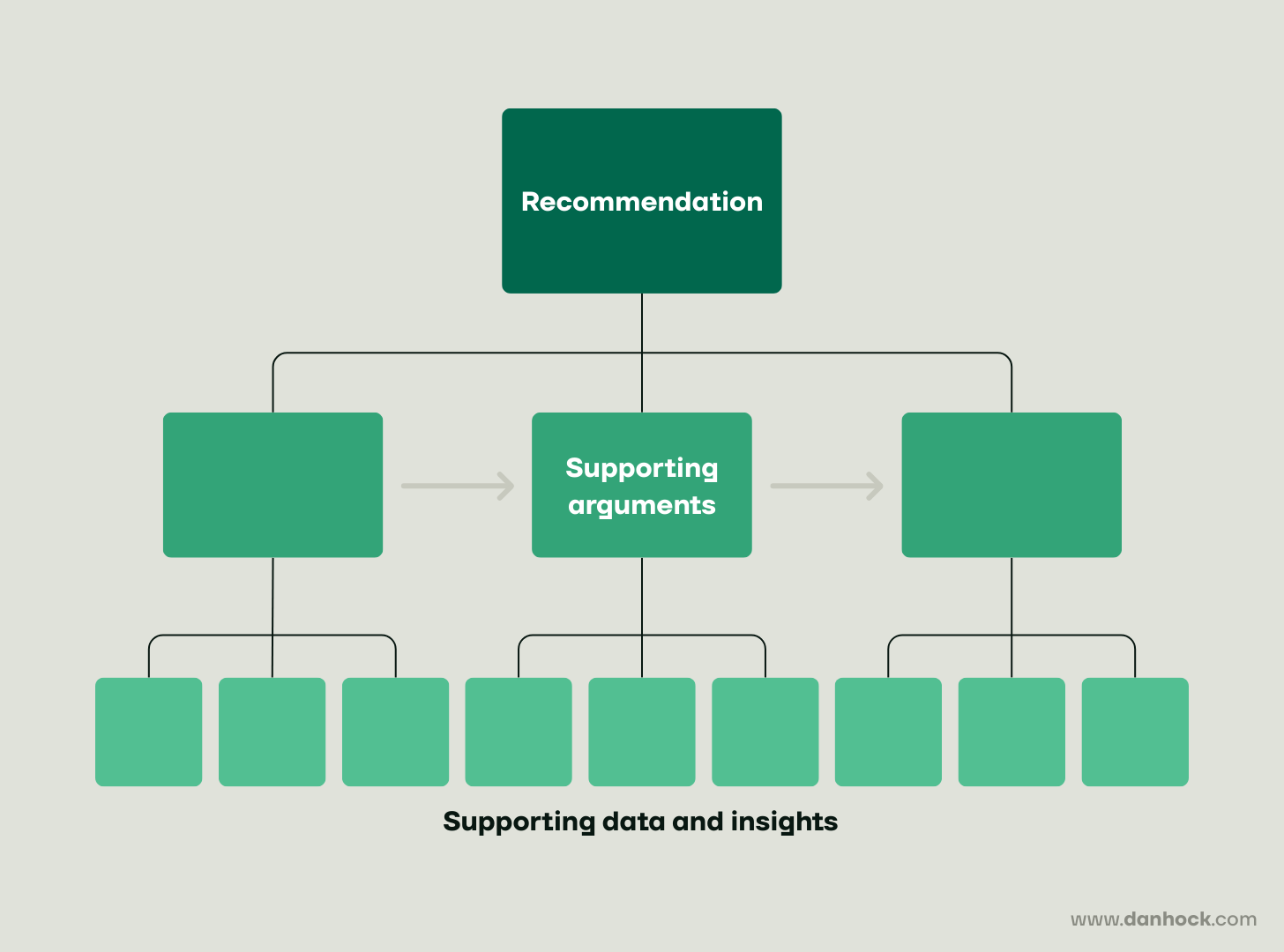How to make your writing C.R.I.S.P.
A framework for improving your business writing with templates and an LLM prompt
Have you ever had to make the case for a new product or feature? Decide whether to launch a market or channel? Debated a major change to customer policy?
There is a single tool that can make you much more effective any time you need to align the team on a course of action.
It is sometimes called a 6-pager, a brief, a strategy doc, or a decision doc. Amazon famously uses one as a pre-read for every major meeting.
I’ve written hundreds of them and read thousands. And I have a template that works in almost every situation: CRISP.
Context
Requirements
Insights
Solutions
Proof
This essay includes an overview of how to write one well, templates you can copy, and a prompt to instruct an LLM to write one for you.
What’s in a CRISP doc?
For each section I’ll outline its contents as well as examples of what you might include for an illustrative project - a startup trying to decide whether or not it should launch in a new market.
Context
The goal of this section is to quickly get everyone on the same page. Why are we working on this? What prior work or assumptions is this building on?
In our market expansion example, you might include which past markets you’ve expanded into, how those launches went, and a reminder of a project the team did last year in which they decided to wait on launching more markets.
Requirements
This section aligns your audience on what success looks like. What are we trying to accomplish? What strategic principles do we want to align to?
This section might remind your readers that in order to deem a market launch a success, it must contribute 5% of revenue and be profitable within 24 months.
Insights
This section lays out what you recommend doing and why. It should lead with the recommendation, followed by a series of supporting arguments and evidence.
Here you might recommend that we launch the Australian market. To support this you could include an evaluation of multiple markets on a framework that includes market size, addressability, competitive overview, and level of effort. You could also include the projected financial results over the first 3 years of the market’s life.
Solutions
This section lays out how to deliver against the recommendation. What new GTM initiatives must be launched, what new products or features do we need to build? For each initiative, include the owner, timing, and cost.
This might include hiring a local sales team in Australia, enabling new payment methods in the app, and increasing the size of the customer support team to handle new customers.
(Additional) Proof
This section is a way to provide additional support for your argument and anticipate questions that may come up in discussion, but it is not required to understand the overall findings and implications of the work. It might include additional analysis, customer and market research, and other resources.
This section could go into more detail about how you sized the markets, what you learned about each competitor currently operating in the market, and the assumptions behind your financial projections.
Length
Amazon settled at 6 pages as the optimal length for a doc. That’s about 3,000 words, 500 words per page. But that should be considered a maximum — the length required for the most complex projects which are setting the strategic foundation for a major new initiative or part of the business. Most should be shorter.
The context and requirements sections should collectively take up about half a page. Insights is typically 1-2 pages. Solutions is another page. Everything else is additional Proof.
Some might be asking: where is the executive summary? If you write a doc like this well, you don’t need one. Anyone can read the first four sections (a maximum of 3 pages) in about five minutes and understand the entirety of the findings and recommendations.
It’s of course very hard to write a concise doc, but doing so will both make your writing better and significantly increase the chances that it will be read and understood.
Answer first
Let’s zoom in on the most important section of your doc: Insights. This is where you turn the corner from what’s been done in the past (Context and Requirements) to what you recommend doing in the future (Solutions). It’s also the most contentious, because it’s where you’re trying to change people’s understanding of the business.
To do this effectively, it should be laid out deductively - meaning start with the answer, followed by supporting evidence. Barbara Minto outlined how to do this in her Pyramid Principle:
Here’s what this might look like for our market launch example (the final version would be in paragraphs, not bullets):
We recommend launching in Australia
It meets our investment criteria
It will contribute 6% of revenue after 24 months
We expect the market to generate contribution profit within 18 months
…
There is limited competition today, but new startups are emerging quickly
95% of market share today goes to older, non-technology companies
However, there are 3 emerging tech-first competitors we’ve identified, and we know from past market launches that being early is important to success
…
Customers in the market are similar to the US, reducing the effort to launch
Aside from a few new payment methods, the Australian market will require limited localization of our app
The types of products Australian customers buy and the way that they shop is similar to US customers
…
This allows your readers to very rapidly understand the points you are trying to make, at different levels of fidelity:
They can read just the first sentence to understand that the recommendation is to launch in Australia
They can read the first line of the three supporting arguments to understand why you’re recommending this
They can read the bullets underneath the supporting arguments to understand the rationale for each argument
Clear writing = clear thinking
Why is all of this done in long form prose, instead of in powerpoint or bullets?
The answer is that writing in long form benefits the writer as much as it does the reader. Writing in prose has a magical quality of forcing you to figure things out, because there is nowhere to hide.
That means that the CRISP template is not something you bolt on at the end when you’re basically “done”. It’s a way to help you think.
You should start writing it right away, beginning with what you know about the context and your hypotheses as to the insights you will uncover. And then as you get into the actual exploration — talking to customers, working with data, building an execution plan — you should keep updating the doc as you go to find weak spots. (For advice on how to do this, start here: How to be Strategic.)
The other implication is that over-reliance on LLMs will unavoidably impair your understanding of the problem. They can be a useful tool at the start (to generate lots of ideas) and at the end (to help you clean up your doc and put it in the right format), but you need to fully own and grapple with the messy part in the middle.
Templates
Here are templates you can copy in Google Docs and Notion.
Additionally, here is a prompt you can use to instruct an LLM to translate a rough doc into a finished product using the CRISP format.
Thank you to Alexa, Ali, Jolie, and Sam for their feedback on a draft of this essay.





“CRISP” article
Thank you, great read!